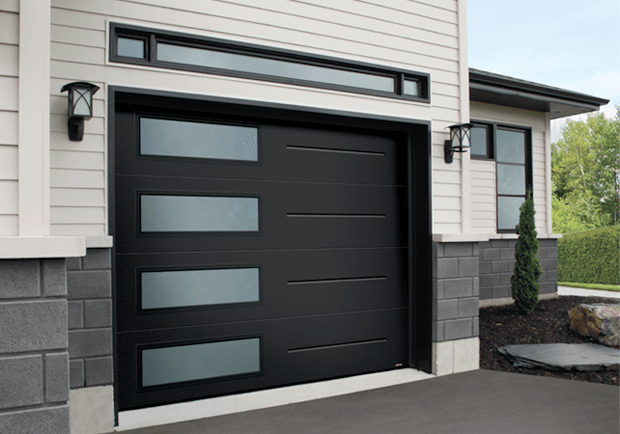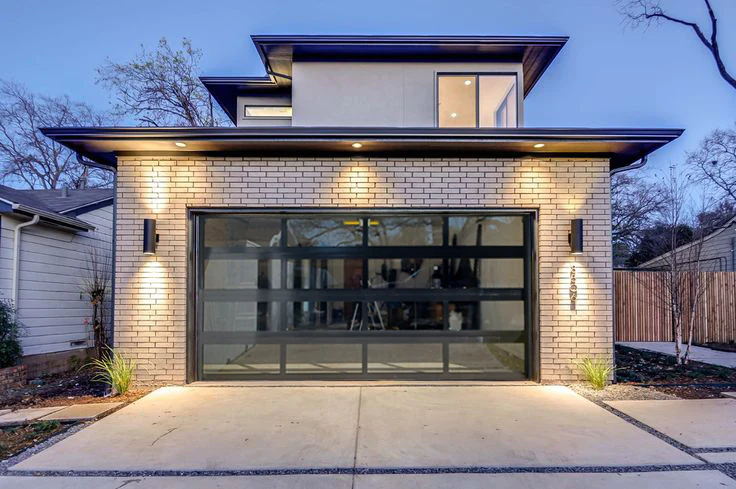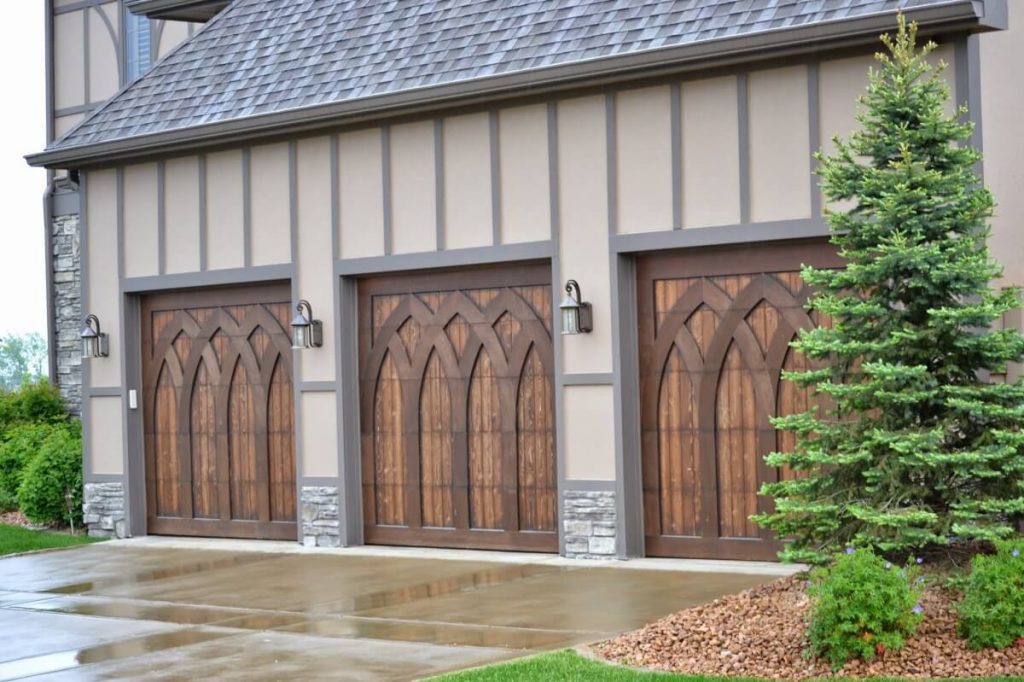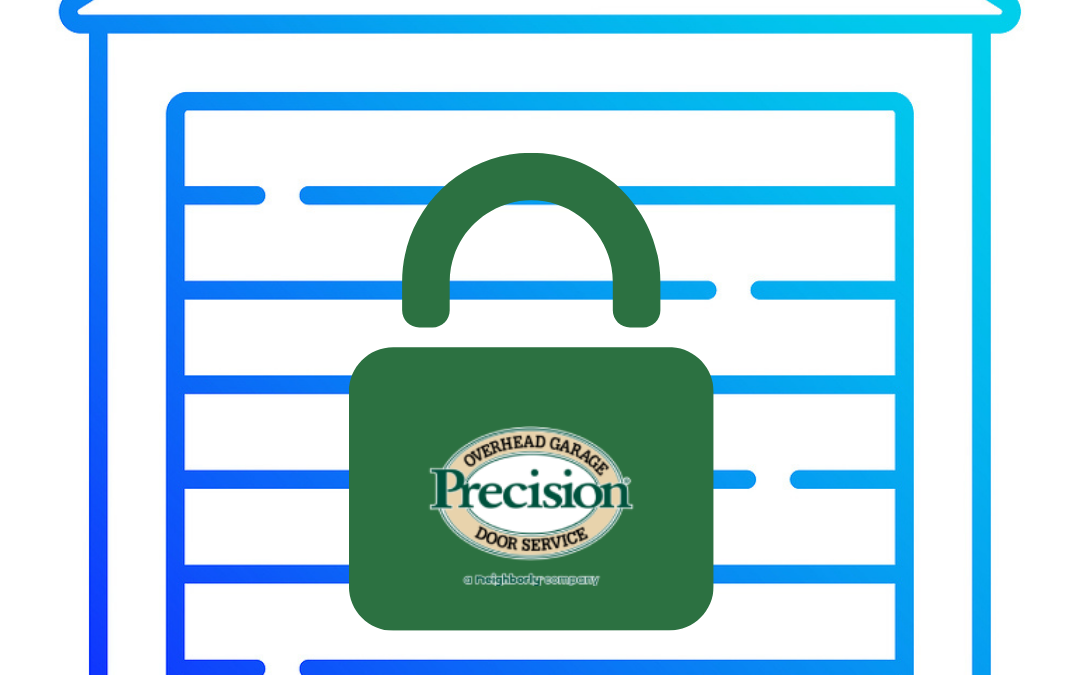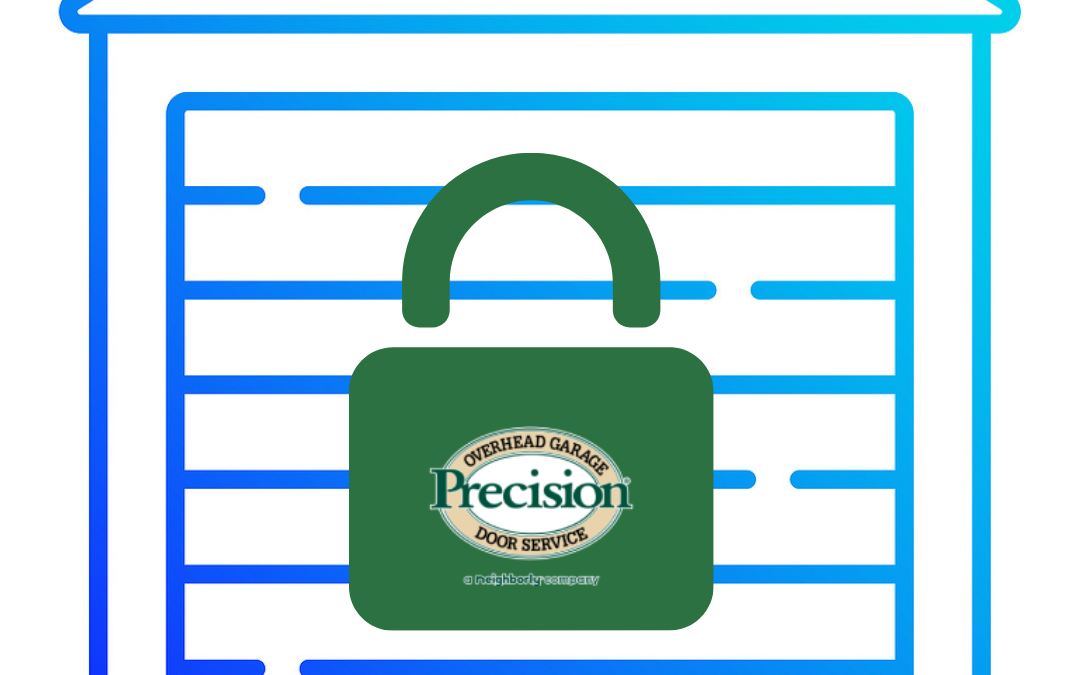
Let’s face it, you never want to be faced with the problem that someone opened your garage door. Many homeowners struggle with how to reset a garage remote. But there’s often a more significant underlying factor—the security of your garage door lock.
Garages are a common entry point for burglars. A good lock can keep your garage door secure, even when you’re away on vacation. Automatic garage door closers help but a secure lock can make your door practically impenetrable. And even with rolling codes for garage door openers, thieves can still leverage other methods to break in.
While automatic doors typically have a remote-controlled electronic locking system, you can still secure them and manual doors, in a number of ways.
Installing a Slide Lock
Here is the basic process of installing one:
1. Install the Outside Keyed Handle/Inside Release Handle
Drill three holes using 3/16” bits and then 5/16” and 3/8” holes on the outer skin. For pan (non-insulated) doors, locate the center stile and lock holes on the outside, drill three 3/16” holes from the inside (aligned with the outer holes), drill three larger holes on the outside skin, and insert the T-handle outside. Next, install the inside release handle and then two long screws to connect both handles.
For sandwich doors that are layered with insulation, locate the outside style, normally in the center, and install the outside T-handle vertically or horizontally. When drilling the three 3/16” holes outside, towards the inside, the drill bit must be perpendicular to the outside and the inside holes must be evenly spaced. The red spacers must be properly cut and flush with the outside skin of the door; install them over the two posts for the 5/16” holes. Next, insert the outside lock T-handle, the inside release handle, and screws that connect both.
2. Install Spring Latches
Screw each latch at each end of the lock section. They should be centered. And the latches and center release handle should connect to the cable or sash chains, which need to be tightened. Test the outside handle to make sure the latches pull when it’s turned (otherwise, remove the inside handle and turn the T-handle 90 degrees).
3. Install the lock strikers
Close the garage door and align the striker with the spring latch. Use two track bolts and flange nuts to secure the striker, drill additional holes if necessary, and then test the lock. The latch and inside release handle should then be lubricated.
Use a C-Clamp Garage Door Lock
A C-clamp is an effective way to secure the door temporarily. It can be removed when you come back, without any special tools. To install one, find the wheel that links your garage door to the track, and tighten the clamp in the track above the wheel. The track is now obstructed so a thief with your garage door remote can’t open it.
Inside Bolt Locking Method
The door can be locked from the inside with a matching nut and bolt set. It’s best to use one with a diameter of at least ½” and length of 2”. Find a wheel in the track to secure and drill a hole that’s slightly larger than the bolt. The bolt should be inserted from the outside of the track and protrude into it. To secure it, tighten the nut.
Using a Master Lock
Those used for high school lockers are surprisingly good for garage doors. To start, find a track wheel and drill a hole that is a little bigger than the lock loop. Drill above the wheel. Then insert the lock through the rail and close it. Now you have a pretty secure lock that will prevent the door from opening.
Contact Us Today
If you need help improving the security of your garage door and installing a high-quality garage door lock, Precision Door Service of Las Vegas can help. Call 702-637-2700 with your questions and/or to schedule service.


